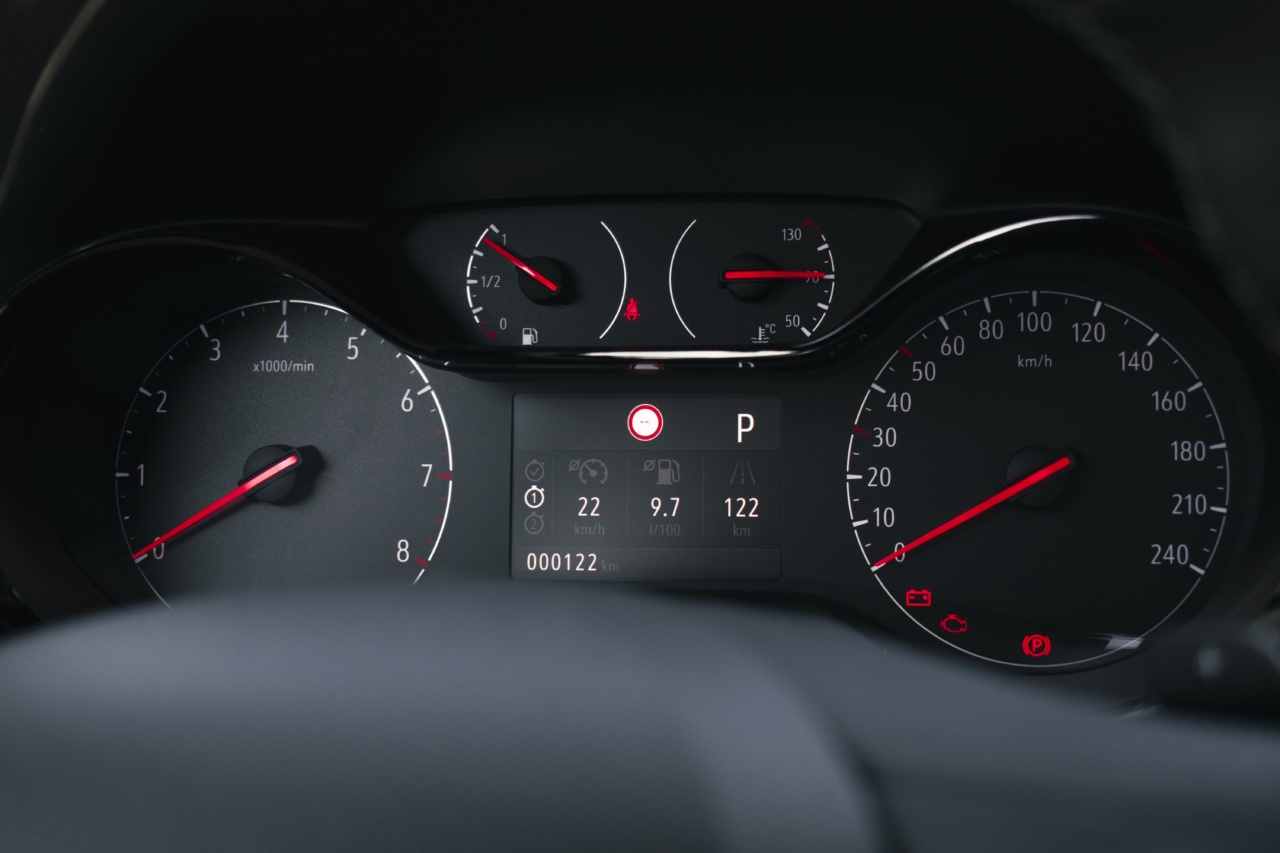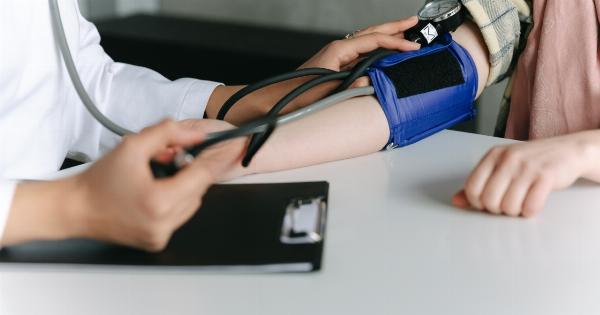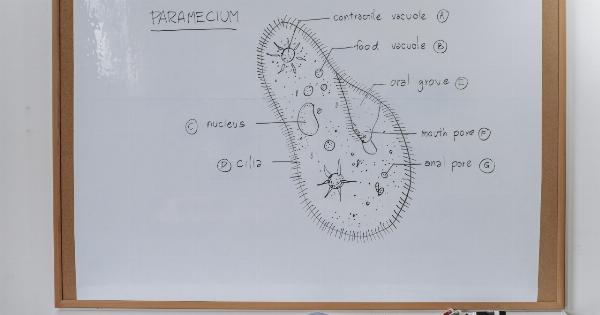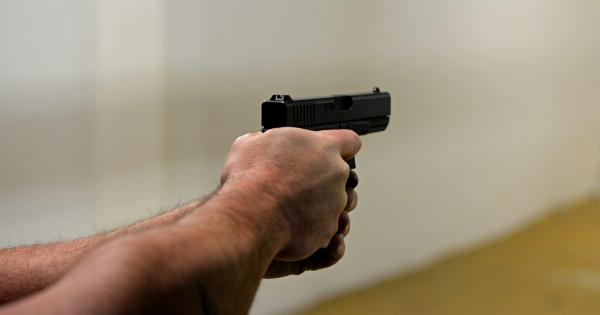A myocardial infarction, more commonly known as a heart attack, occurs when the blood flow to a part of the heart is blocked, leading to damage or death of the heart muscle.
It is crucial to recognize the indicators of a myocardial infarction promptly to seek immediate medical intervention. Identifying the signs and symptoms of a heart attack can potentially save lives by enabling early treatment and reducing the risk of complications. This article aims to discuss the key indicators of a myocardial infarction.
1. Chest pain or discomfort
The most common indicator of a heart attack is intense chest pain or discomfort that often radiates to other parts of the body, such as the arms, neck, jaw, or back. This pain may feel like pressure, tightness, or squeezing sensation in the chest.
2. Shortness of breath
Another prevalent indicator of a myocardial infarction is shortness of breath. The affected individual may experience difficulty breathing or feel as though they cannot catch their breath, even with minimal physical exertion.
3. Nausea and vomiting
In some cases, individuals experiencing a heart attack may also feel nauseous and may vomit. These gastrointestinal symptoms can be associated with the lack of blood flow to the heart muscle.
4. Sweating
Profuse sweating, often described as cold sweats, is a potential indicator of a myocardial infarction. The body’s response to the heart muscle not receiving enough oxygen-rich blood can lead to sweating, even in cool environments.
5. Fatigue and weakness
Feeling unusually fatigued or weak, especially without any apparent reason, can be an indicator of a heart attack. This symptom is often more common among women experiencing a myocardial infarction.
6. Irregular heartbeat
Heart palpitations or an irregular heartbeat, known as arrhythmia, can be a warning sign of a heart attack. This can manifest as a rapid heartbeat, skipped beats, or a fluttering sensation in the chest.
7. Dizziness or lightheadedness
Individuals experiencing a myocardial infarction may feel dizzy or lightheaded, often accompanied by a feeling of impending doom. This can be attributed to the lack of blood flow to the brain due to an impaired heart function.
8. Anxiety and restlessness
Unexplained anxiety, restlessness, or a sense of extreme unease can be indicative of a heart attack. The body’s physiological response to a compromised heart can trigger feelings of fear or apprehension.
9. Pain in other areas
In addition to chest pain, a heart attack may cause pain or discomfort in other areas of the body. This can include the arms (especially the left arm), neck, jaw, stomach, or upper back. This pain may come and go or be persistent.
10. Pale or ashen skin
Some individuals experiencing a heart attack may develop pale or ashen skin, often accompanied by a cold, clammy sensation. This change in complexion is a result of decreased blood flow and oxygen to the peripheral tissues.
Recognizing the indicators of a myocardial infarction is crucial for prompt medical intervention. If you or someone around you experiences these symptoms, it is essential to call for emergency medical assistance immediately.
Time plays a critical role in the treatment and outcome of a heart attack, so a rapid response is vital for a successful recovery.


























